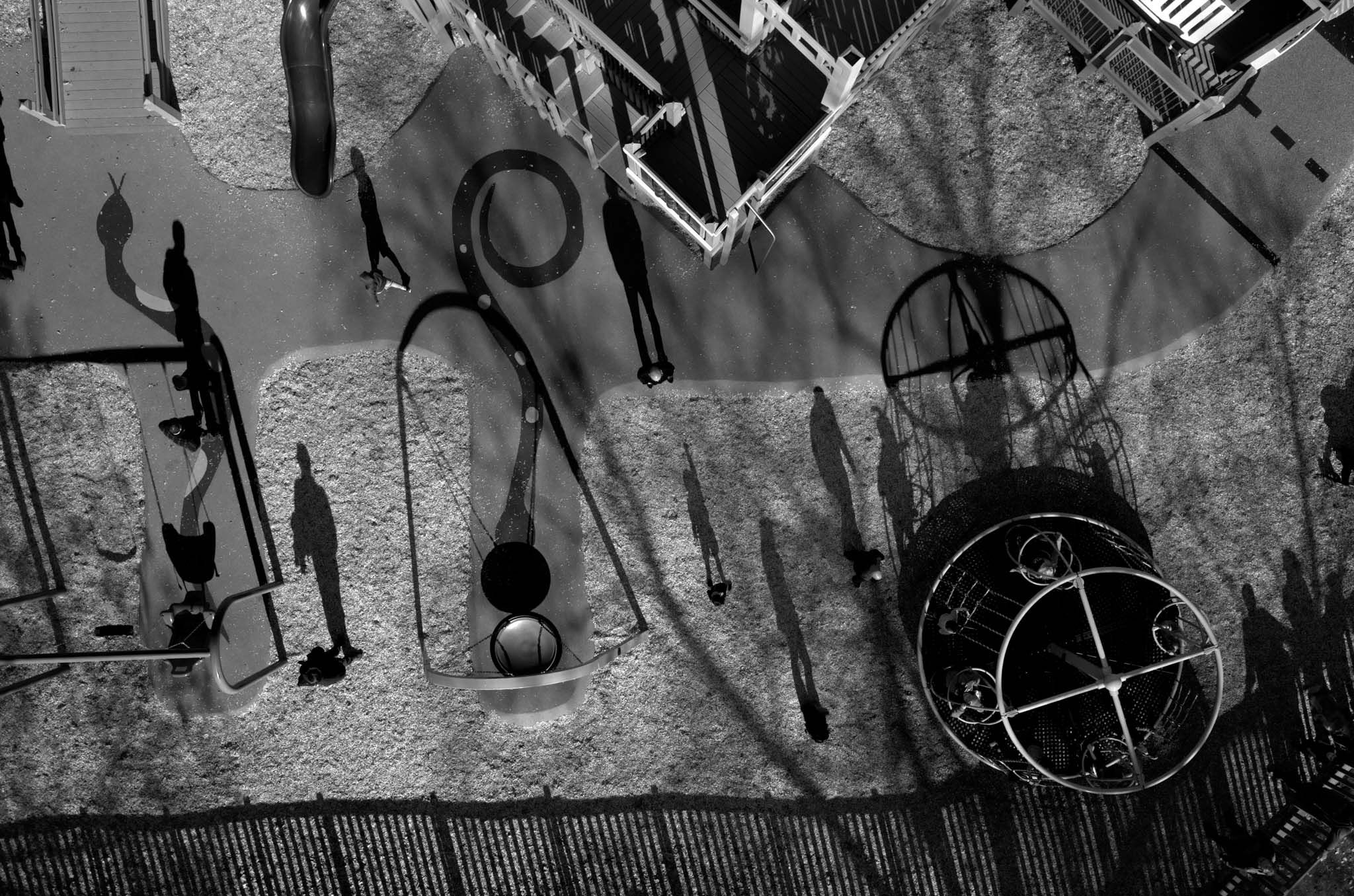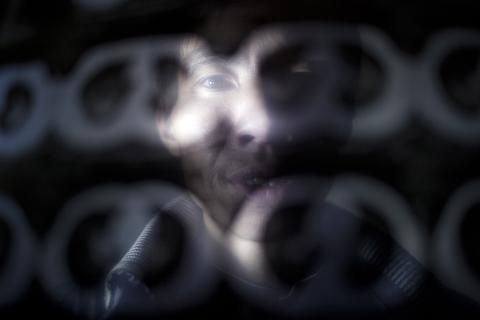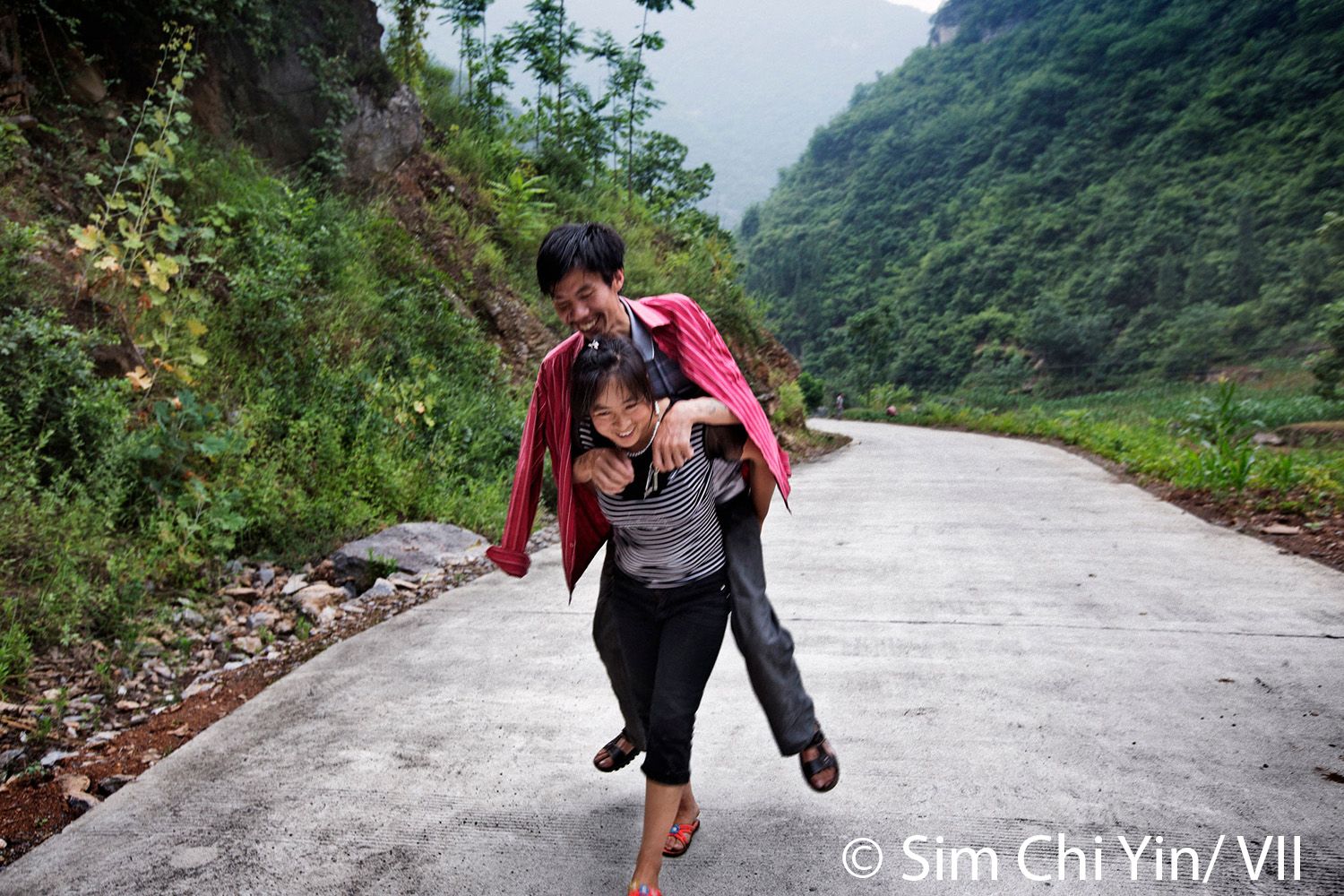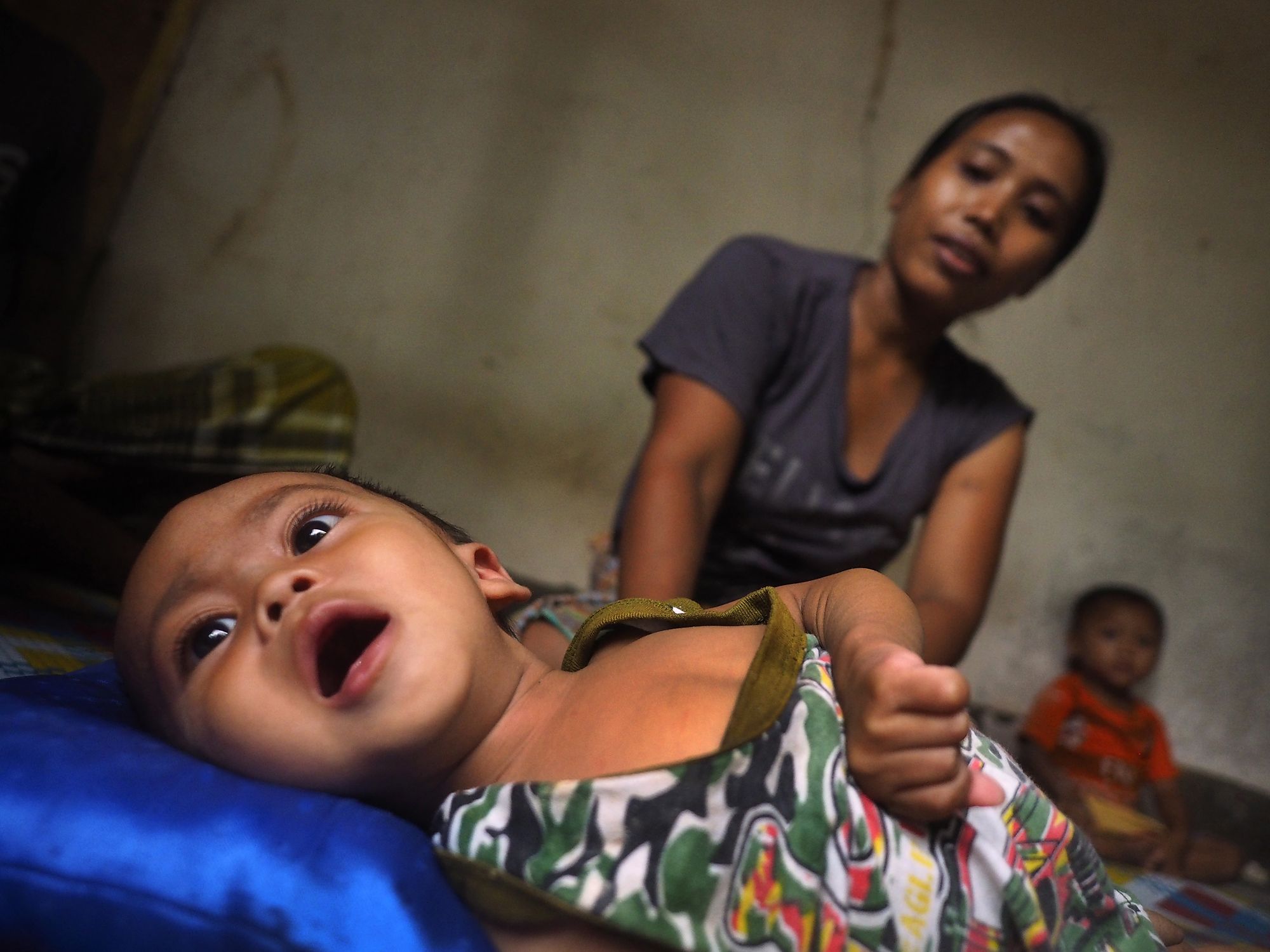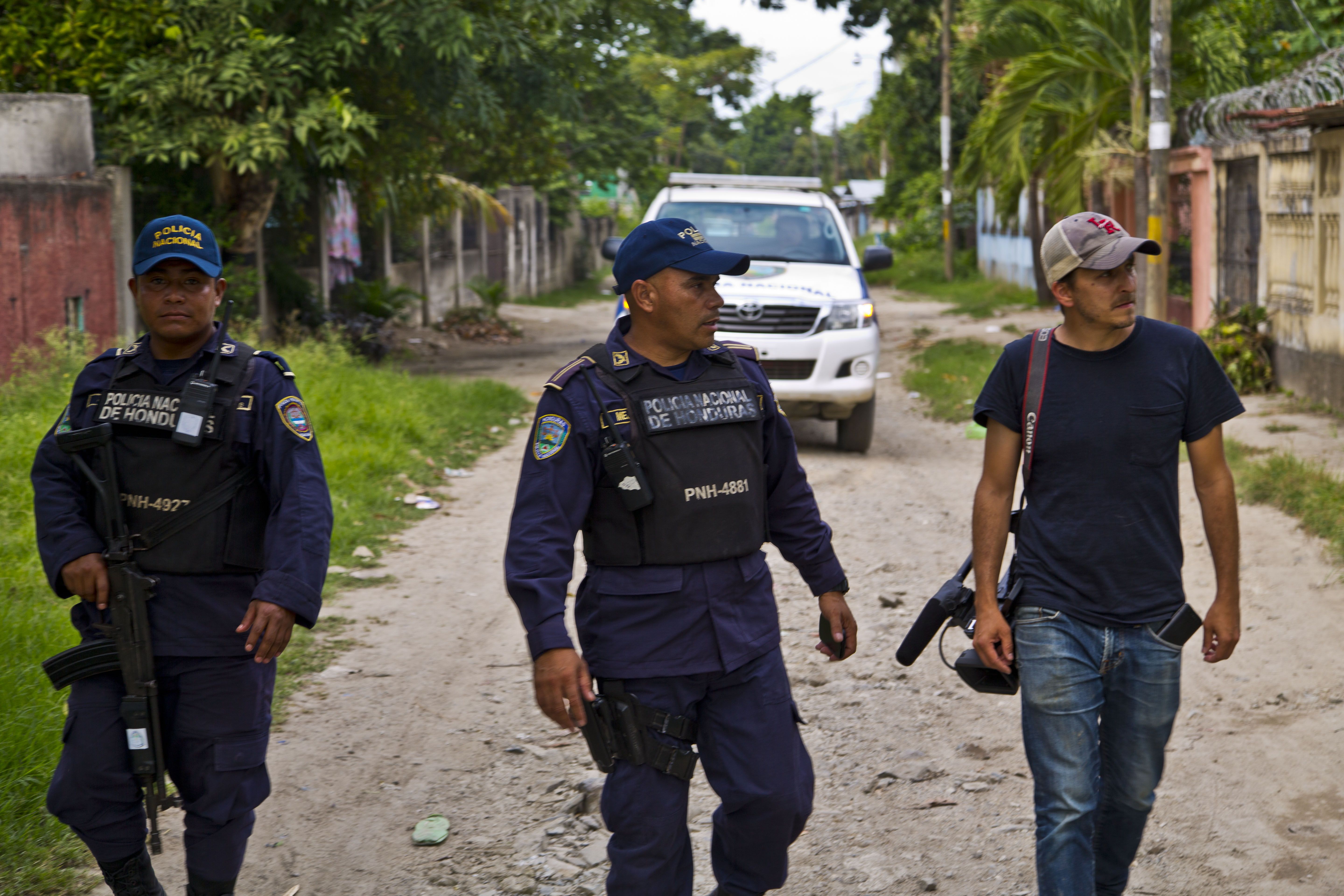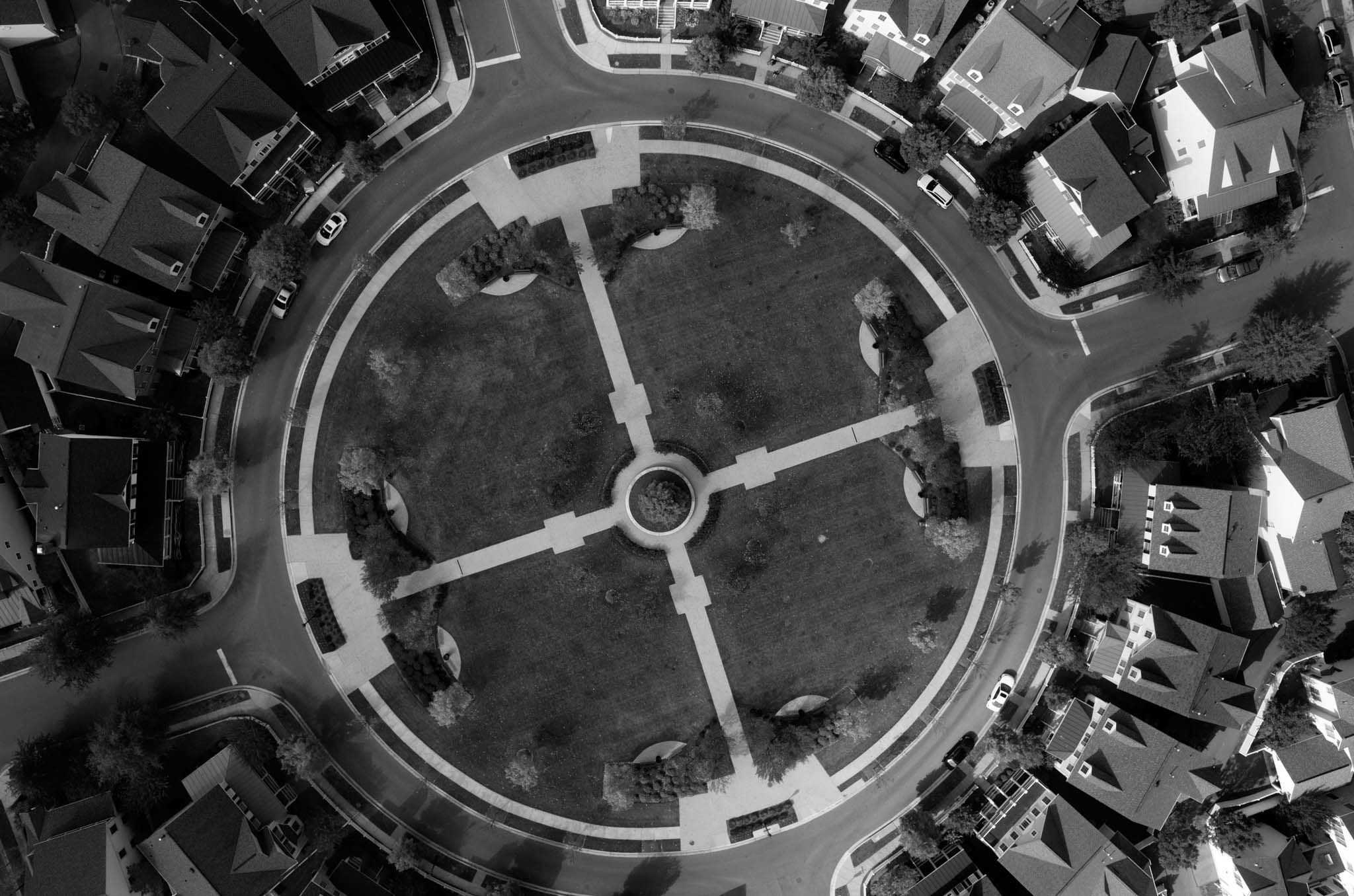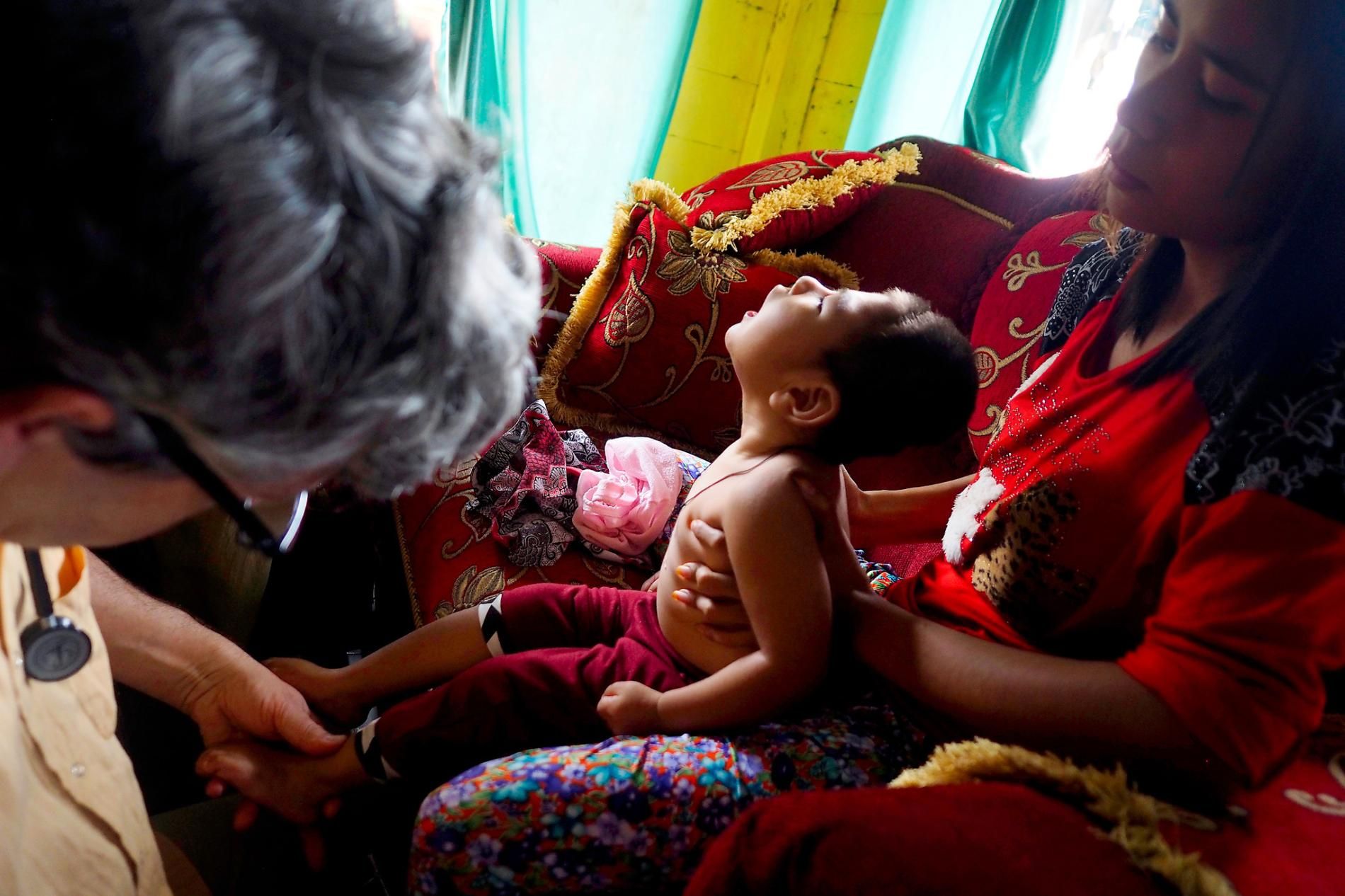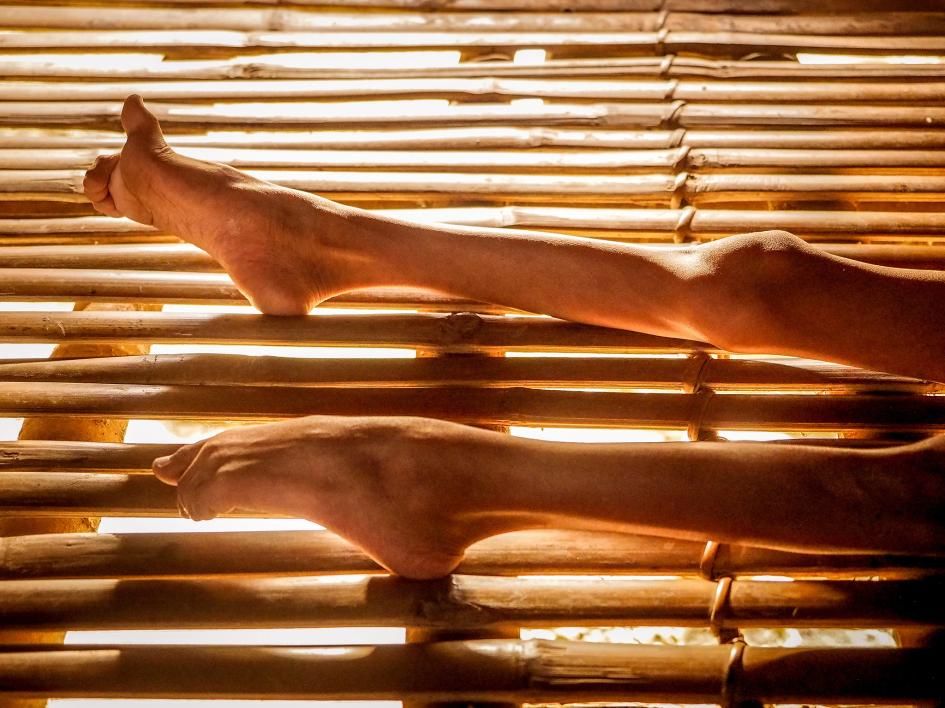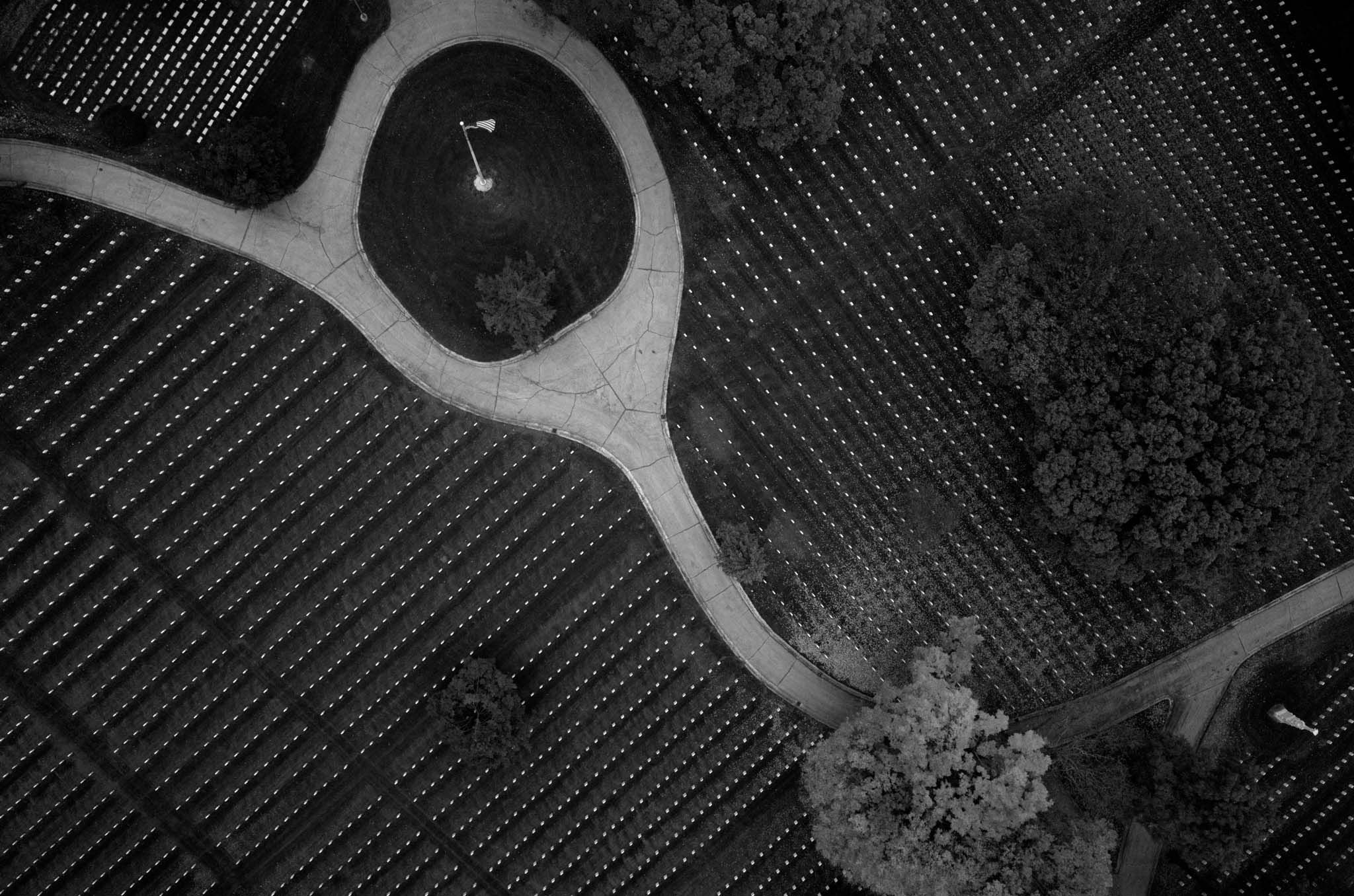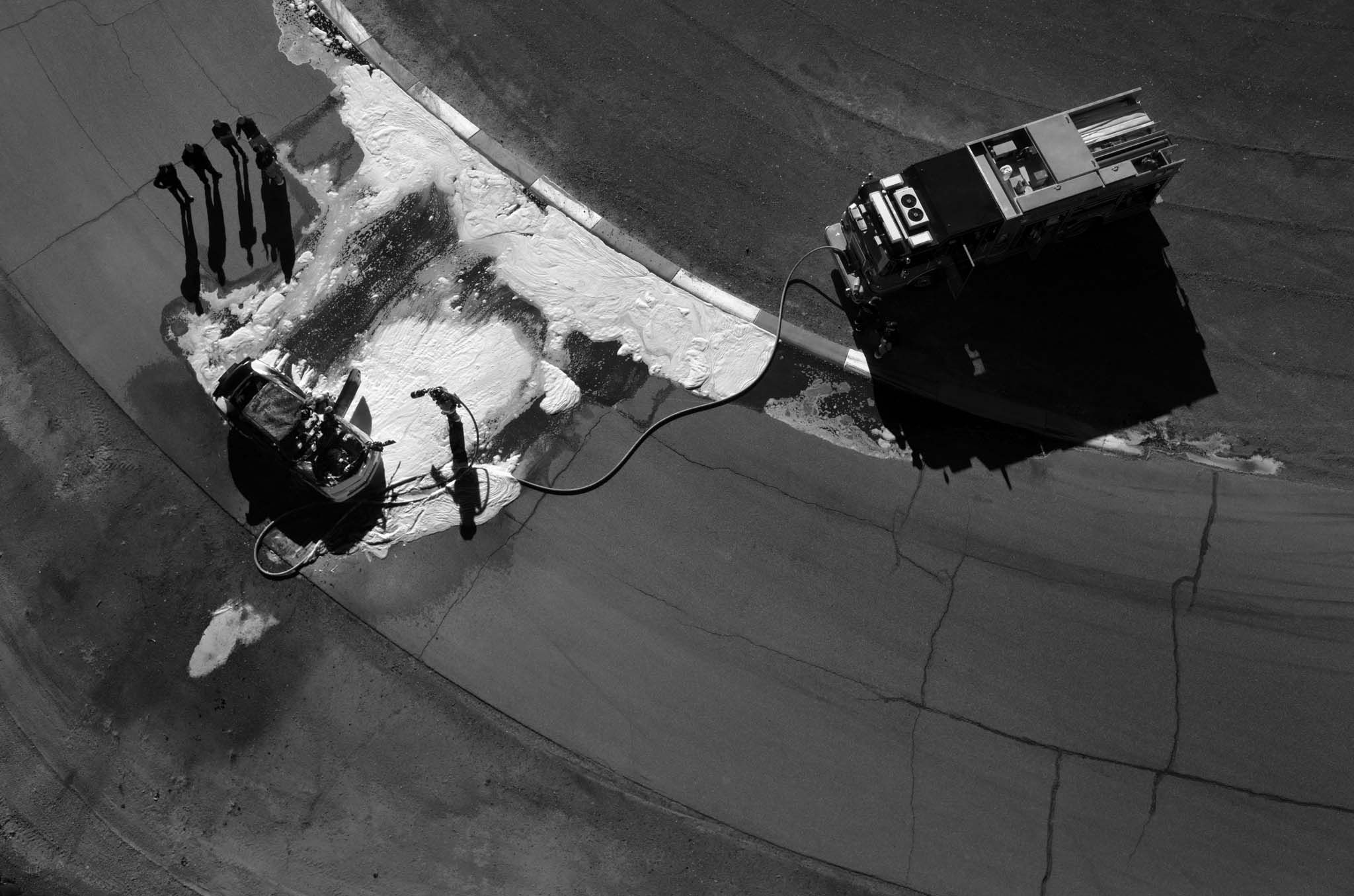Welcome educators! The goal of the resources and guiding questions below are to guide an investigation into how you and your students can explore arts and global news, while also meeting your curricular goals. This investigation will engage resources from the Pulitzer Center on Crisis Reporting and the “Dispatches” exhibition at the Southeastern Center for Contemporary Art (SECCA).
An image from "Blue Sky Days" from Tomas van Houtryve, who will be featured in "Dispatches"

The Pulitzer Center on Crisis Reporting is an innovative award-winning non-profit journalism organization dedicated to supporting in-depth engagement with underreported global affairs through our sponsorship of quality international journalism across all media platforms and a unique program of outreach and education to schools and universities.
About the “Dispatches” exhibition at SECCA:
Dispatches gathers and generates artistic responses to the news by 34 contemporary artists and photojournalists. The exhibition includes a survey of works from 2010 - present and launches a series of commissions, or "dispatches" on current events and the critical issues of our time.
Here are the goals of this investigation:-
Connect students to global news
-
Facilitate an analysis of local connections to international reporting
-
Apply arts and journalism techniques as part of classroom instruction
-
Write and share a lesson plan that supports curricular goals, while also engaging global news and the themes from “Dispatches”
As you start to explore potential themes for your lesson, consider the following:
-
What images, words, locations and stories come to mind when thinking of the following themes from “Dispatches”?
-
Post-9-11 Realities
-
Borders and Migrations
-
Ecological Justice
-
New Forms of Social Action
-
The 2016 US Presidential Election.
-
What of the themes above connect to the work I am doing in my classroom? How might the themes and content of this exhibition connect to my class?
-
How could reporting support engagement with themes of “Dispatches”?
- Post-9-11 Realities
Blue Sky Days by Tomas van Houtryve
Fractured Lands by Scott Anderson and Paolo Pellegrin
Afghanistan’s War Wounded and War Widows of Afghanistan by Paula Bronstein
-
Borders and Migrations
Running the Gap by Jason Motlagh
Between Borders: American Migrant Crisis by The Renaud Bros.
Surviving Fortress Europe by Jeanne Carstensen and Jodi Hilton
-
Ecological Justice
Deadly Pollution: The World’s Most Toxic Places by Larry Price
Dying to Breathe by Sim Chi Yin
Malaysia: How “Biofuels” are Destroying the Little People of the Rainforest by James Whitlow Delano
Chinese Soft Power, Wikileaks and a Small Amazonian Country by James Whitlow Delano
Peru: Race in the Rainforest by Justin Catanoso
-
New Forms of Social Action
The Abominable Crime by Micah Fink, Gabrielle Weiss and Lisa Bagiotti
Mexico: Technology, Civic Participation and Accountability by Kara Andrade
Kuchus in Uganda by Daniella Zalcman
-
The 2016 US Presidential Election.
Iran Youth at the Ballot Box by Reese Erlich
Taiwan: A Changing Status Quo by Richard Bernstein
Cold War Fault Lines by Nick Schifrin and Zach Fannin
Create and share your lessons:
Use the following steps to create a Lesson Builder account, explore reporting and create lesson plans.
-
Create an account.
-
Click “Create a Lesson” and create a working title for your lesson.
-
Click “Resources” to browse and and save Pulitzer Center reporting.
-
Add student instructions and questions.
-
When you have finished your lesson, click “Finish” to publish your lesson.
Here is an example of a lesson plan that has already been designed to extend a visit to Dispatches and connects to the project "Blue Sky Days" by Tomas van Houtryve.
Questions? Contact the education team at Pulitzer Center by emailing [email protected].